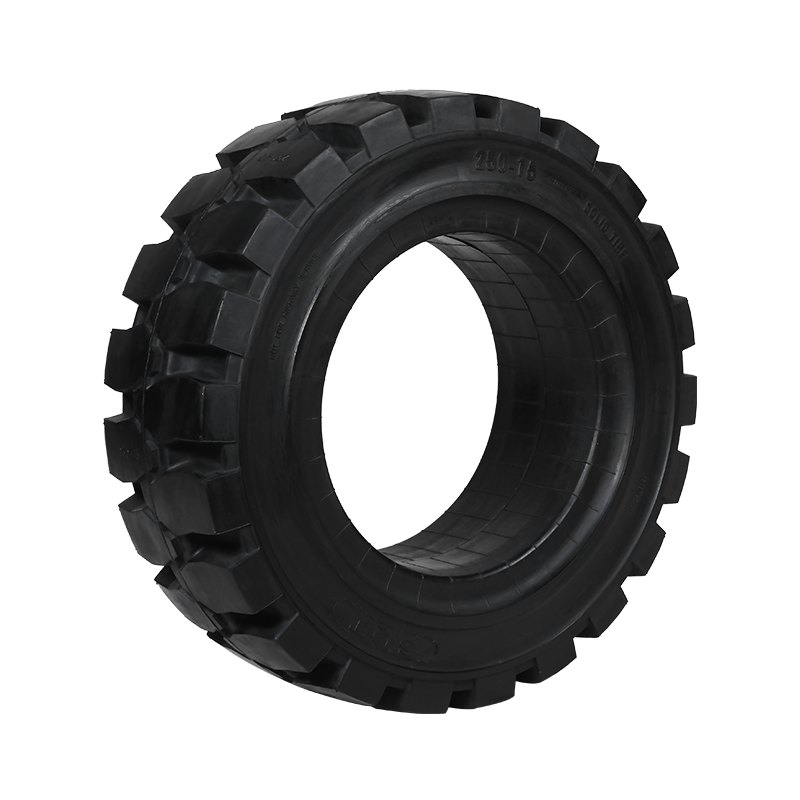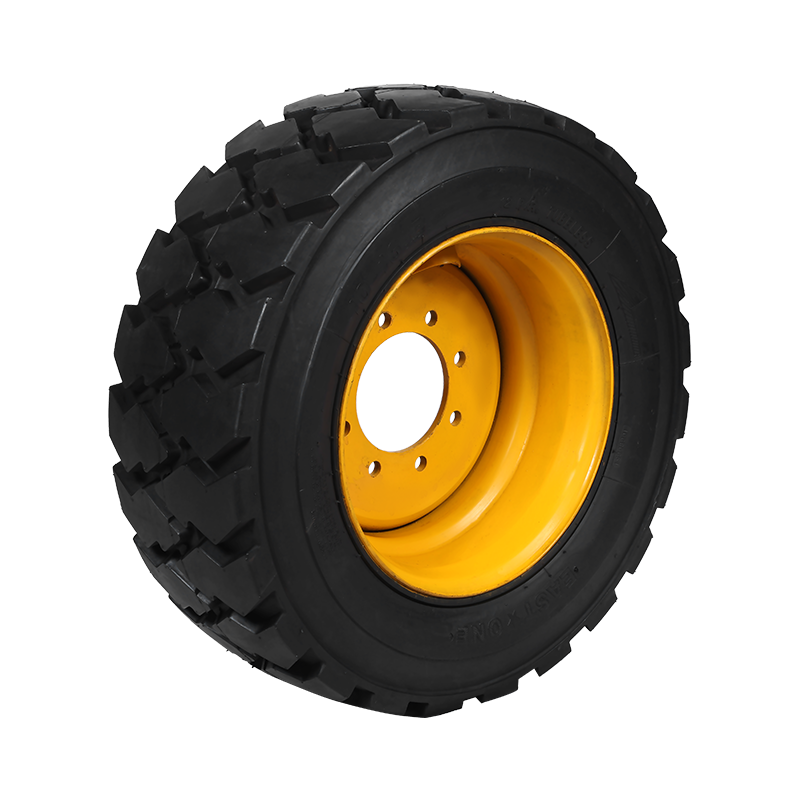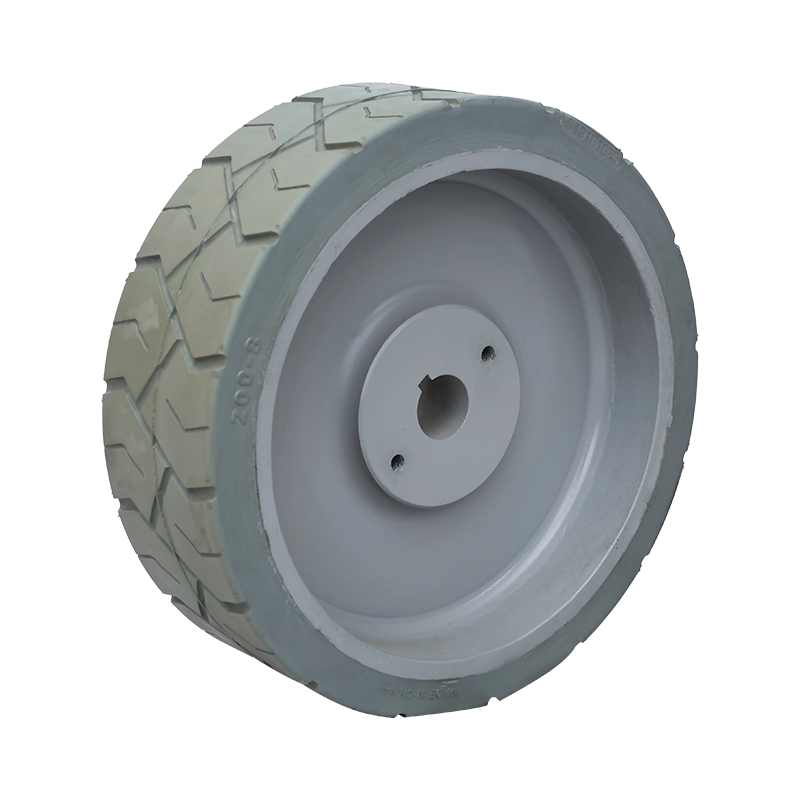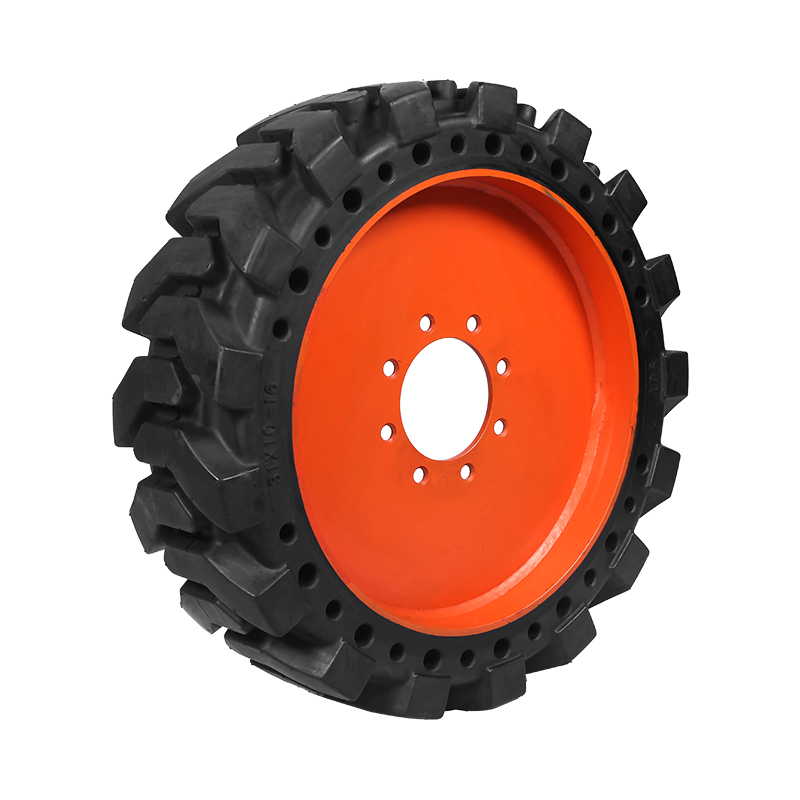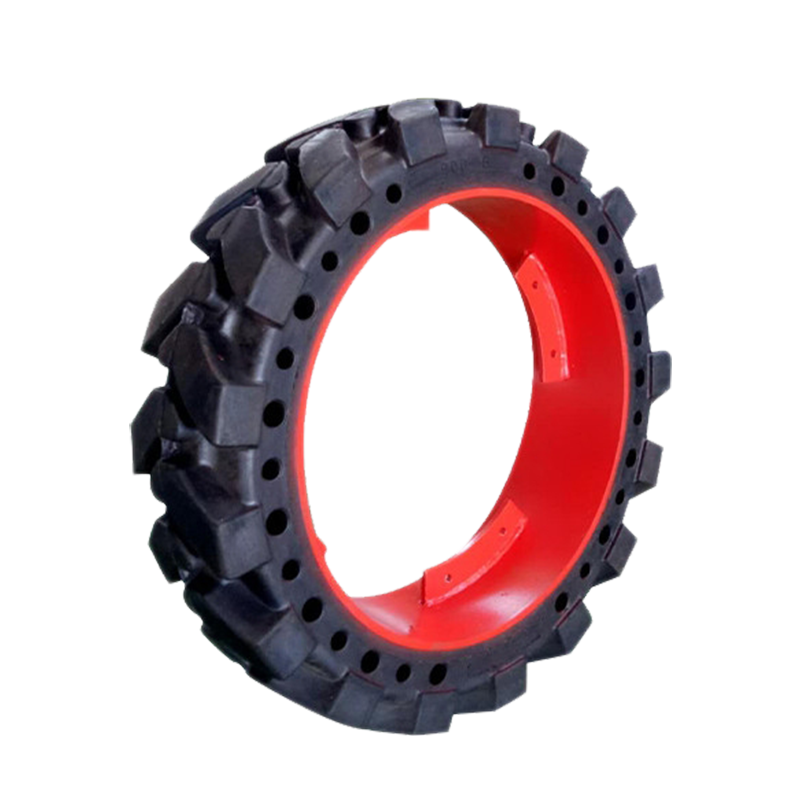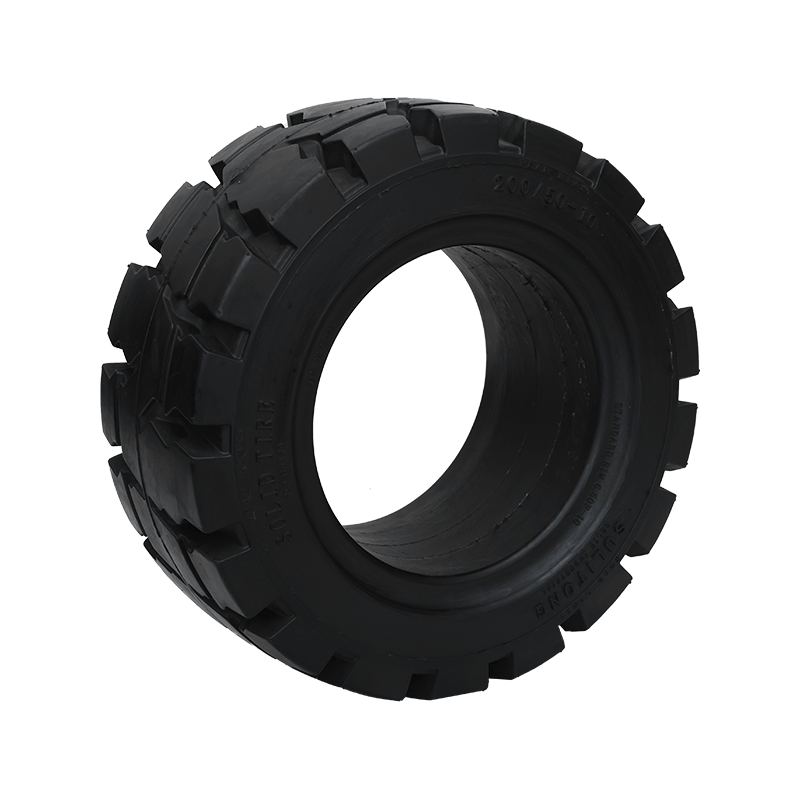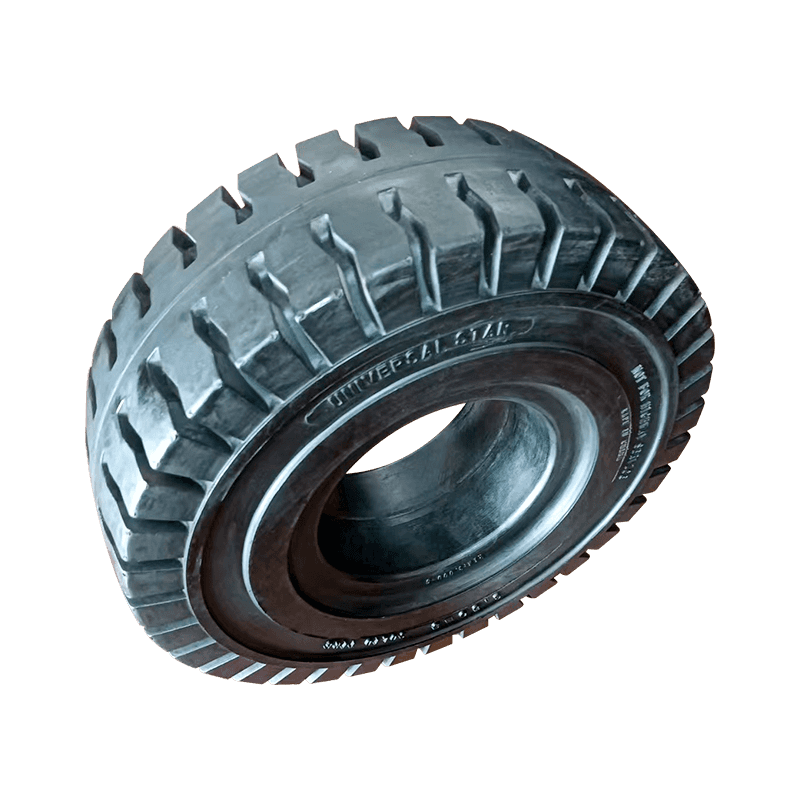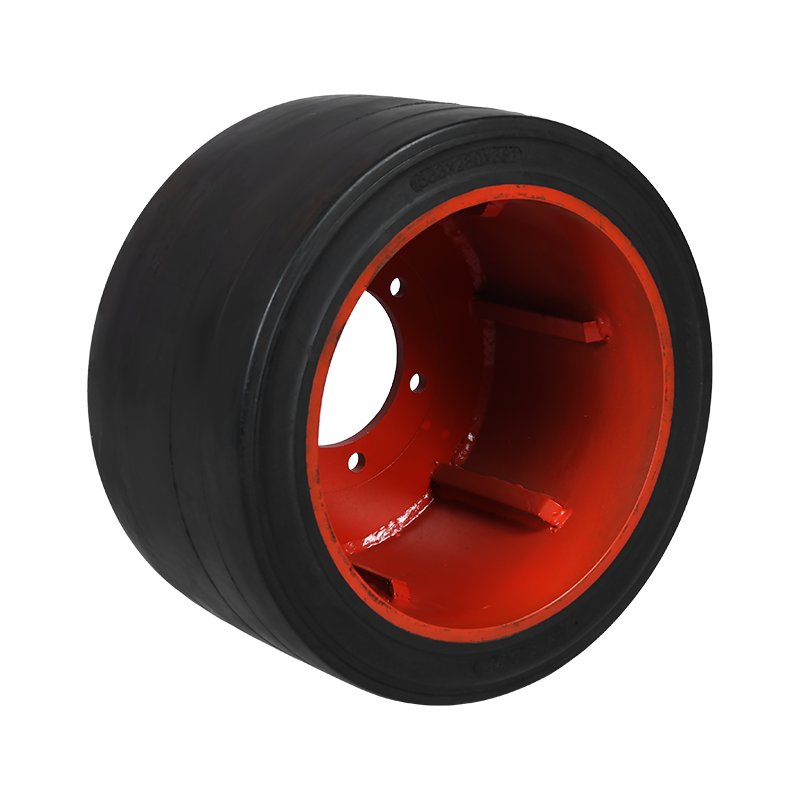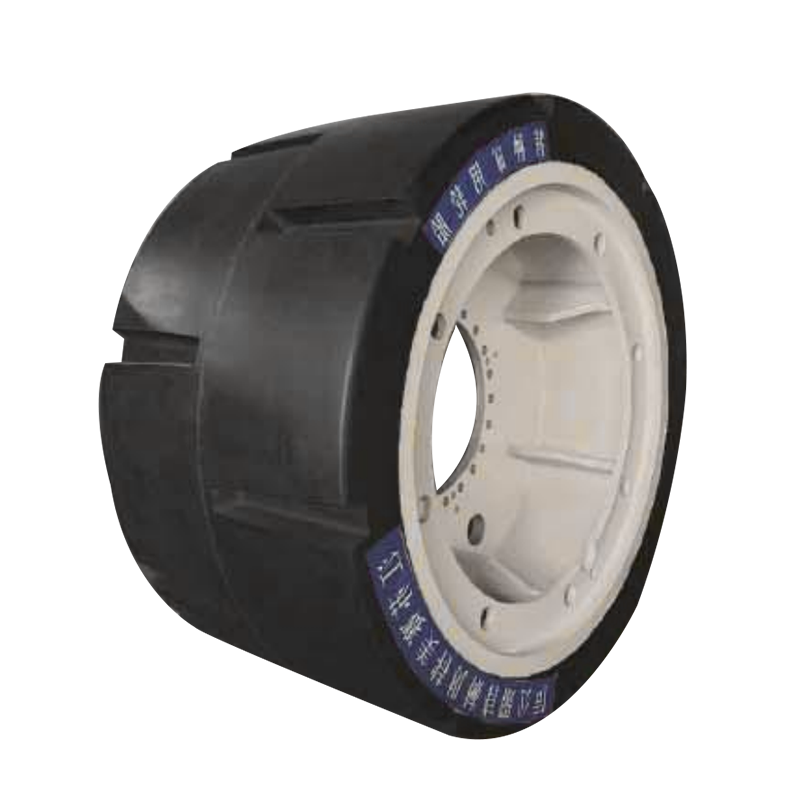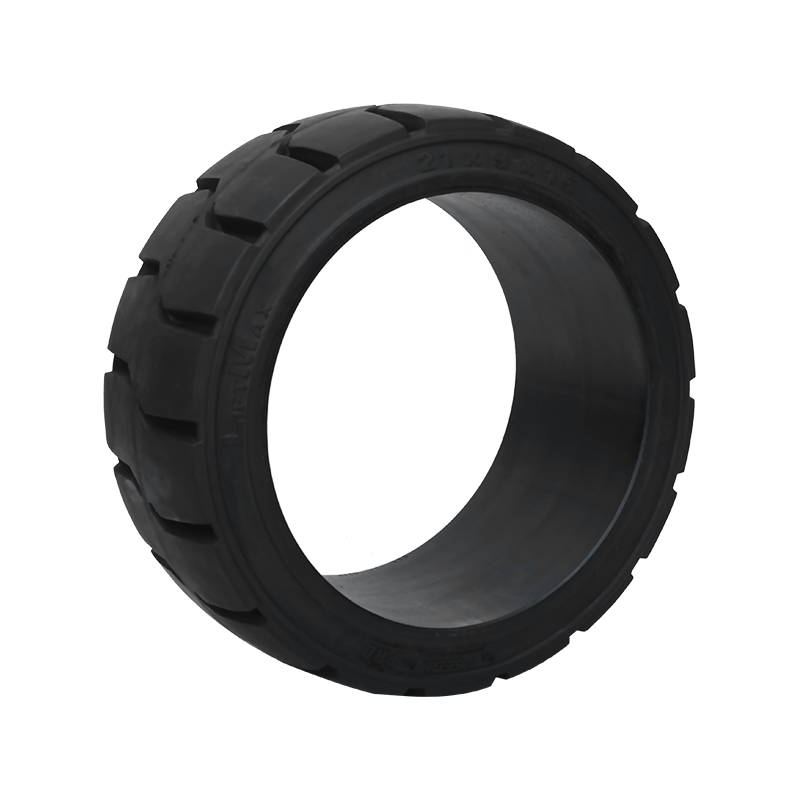What Are Forklift Tires and How to Choose the Right Ones?
Forklifts play a vital role in warehouses, manufacturing plants, construction sites, and distribution centers. But while much attention is often given to the lifting capacity, engine type, or safety features of a forklift, the tires it uses are just as important. Forklift tires are critical to the machine’s performance, safety, and longevity. Understanding the types, features, and maintenance of forklift tires can help businesses save money, reduce downtime, and improve safety.
Types of Forklift Tires
There are three main types of forklift tires, each designed for specific environments and operational conditions.
1. Pneumatic Tires
Pneumatic tires are similar to car or truck tires. They are filled with air and have a deep tread pattern. These tires are ideal for outdoor use and rough terrains such as gravel, dirt, or uneven surfaces.
Features:
-
Provide a comfortable ride due to cushioning effect
-
Excellent traction on uneven surfaces
-
Suitable for construction sites, lumber yards, and shipping yards
Drawbacks:
-
Prone to punctures
-
Require regular air pressure checks
2. Solid Pneumatic Tires
Solid pneumatic tires look like air-filled tires but are made of solid rubber. They are extremely durable and puncture-proof, making them perfect for indoor or outdoor applications where debris might be a concern.
Features:
-
No risk of flats or blowouts
-
Long lifespan
-
Suitable for both indoor and outdoor use
Drawbacks:
-
Less cushioning than air-filled tires
-
Higher cost upfront
3. Cushion Tires
Cushion tires are made of solid rubber and fitted around a metal band. They have a smaller profile and are designed specifically for indoor use on smooth, flat surfaces like concrete.
Features:
-
Ideal for tight turning radiuses
-
Lower ground clearance
-
Cost-effective for warehouse operations
Drawbacks:
-
Not suitable for rough or uneven surfaces
-
Limited traction outdoors
Key Factors to Consider When Choosing Forklift Tires
Selecting the right forklift tires depends on several factors. Using the wrong type can lead to increased wear, safety hazards, and even equipment failure.
1. Operating Environment
-
Indoor vs. Outdoor: Cushion tires are best for indoor use, while pneumatic and solid pneumatic tires are better for outdoor environments.
-
Surface Conditions: Evaluate whether the surface is smooth, rough, or filled with debris.
2. Load Weight
Heavier loads require more robust tires. Overloading tires can cause premature wear and reduce stability. Solid pneumatic tires often handle heavier loads better.
3. Frequency of Use
Forklifts that operate continuously in multiple shifts will benefit from more durable tires like solid rubber ones.
4. Budget Constraints
While cushion tires are generally cheaper, they may wear out faster in the wrong environment. Investing in quality tires can reduce replacement frequency and increase efficiency.
Forklift Tire Maintenance Tips
Even the best tires require proper maintenance to ensure safe and effective operation.
Regular Inspection
Check for cuts, cracks, and unusual wear patterns. Replace tires showing signs of damage or bald spots.
Proper Inflation (for pneumatic tires)
Maintain the recommended air pressure to ensure traction and stability. Underinflated tires can cause tipping, while overinflated tires may wear out unevenly.
Alignment and Rotation
Just like car tires, forklift tires benefit from proper alignment and regular rotation to extend their lifespan.
Replace in Pairs or Sets
To maintain balance and stability, always replace tires in pairs or full sets, especially for dual-wheel forklifts.
Signs It’s Time to Replace Forklift Tires
Forklift operators should be trained to recognize the signs of worn-out tires:
-
Flat spots or balding
-
Cracks or splits in the rubber
-
Chunks of rubber missing
-
Decreased ride comfort
-
Reduced traction or slipping
Driving a forklift with worn tires increases the risk of accidents and reduces efficiency. Timely replacement is essential.
Conclusion
Forklift tires may seem like a small detail, but they make a big difference. Whether you're navigating narrow warehouse aisles or maneuvering through rough outdoor terrain, the right tires improve safety, performance, and cost-efficiency. Understanding the different types of forklift tires—pneumatic, solid pneumatic, and cushion—helps you make better decisions tailored to your working environment. Don’t overlook regular maintenance and timely replacement, as these steps protect your investment and ensure smooth operations.
CONTACT US
-

Email: SMT001@saimeite-tyre.com
-

Phone: +86-18451337018No. 1, Renmin South Road, Yandu District, Yancheng City, Jiangsu Province, China

 English
English 한국어
한국어 Français
Français Español
Español
